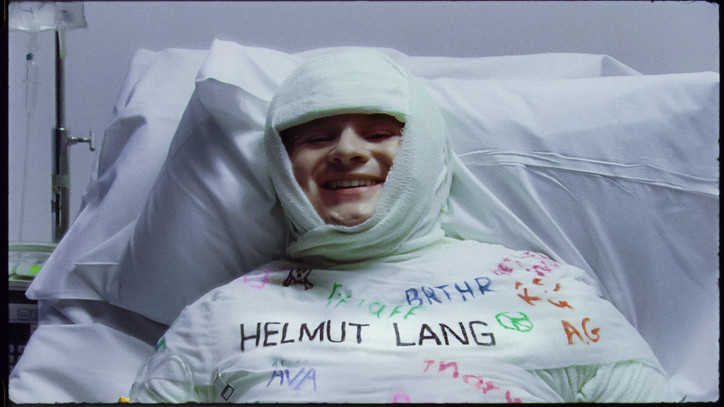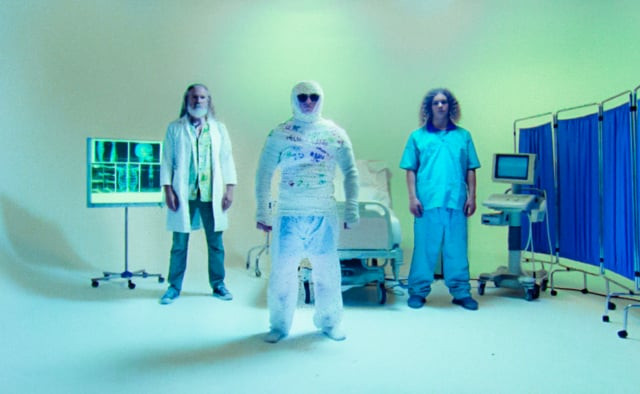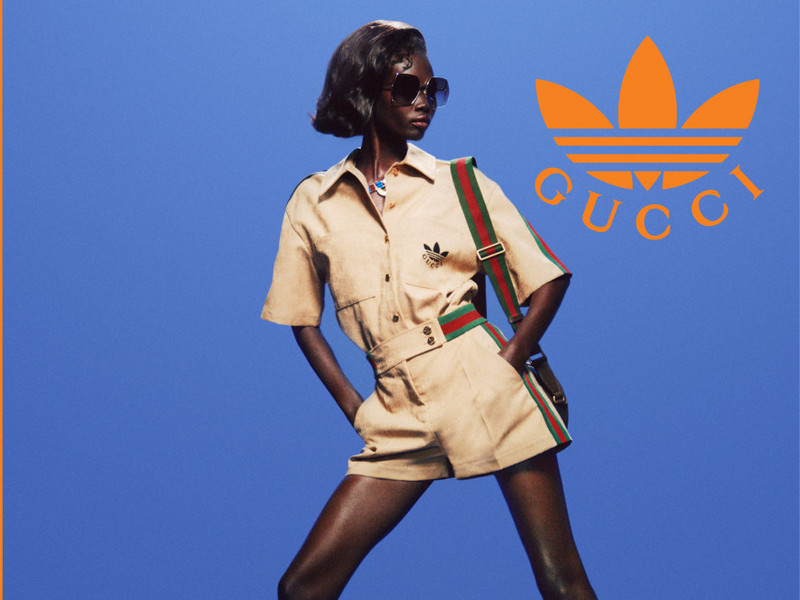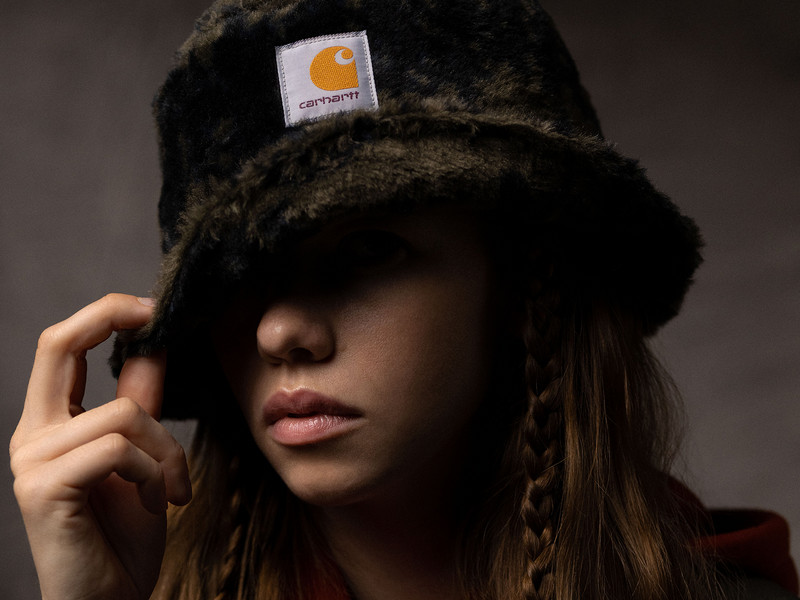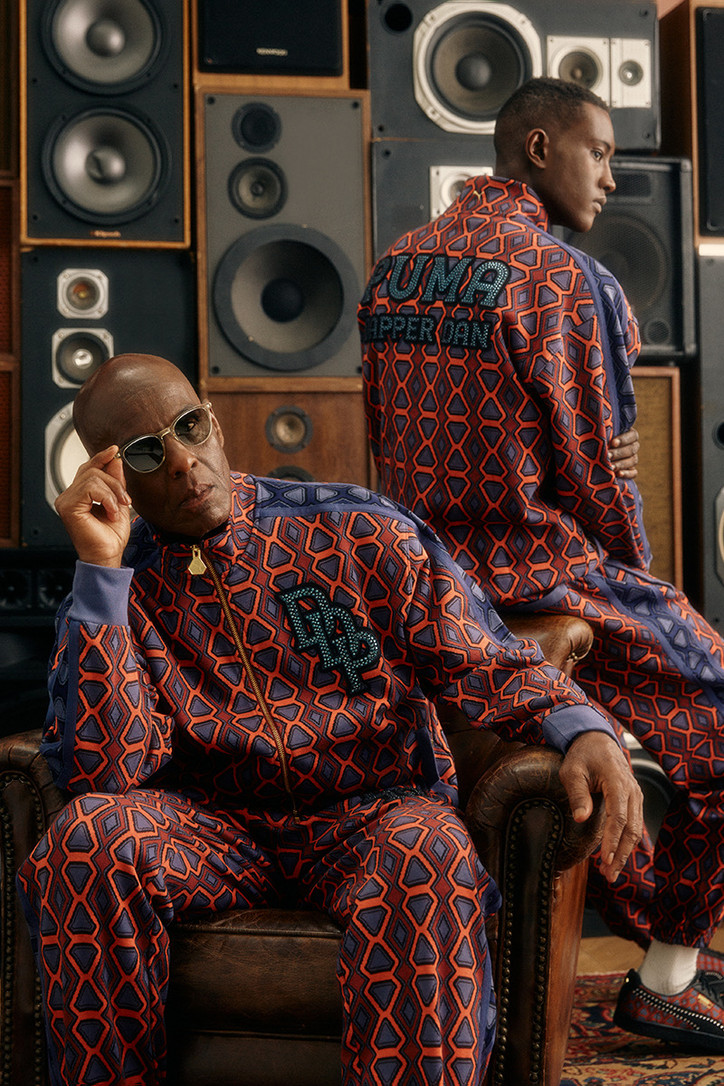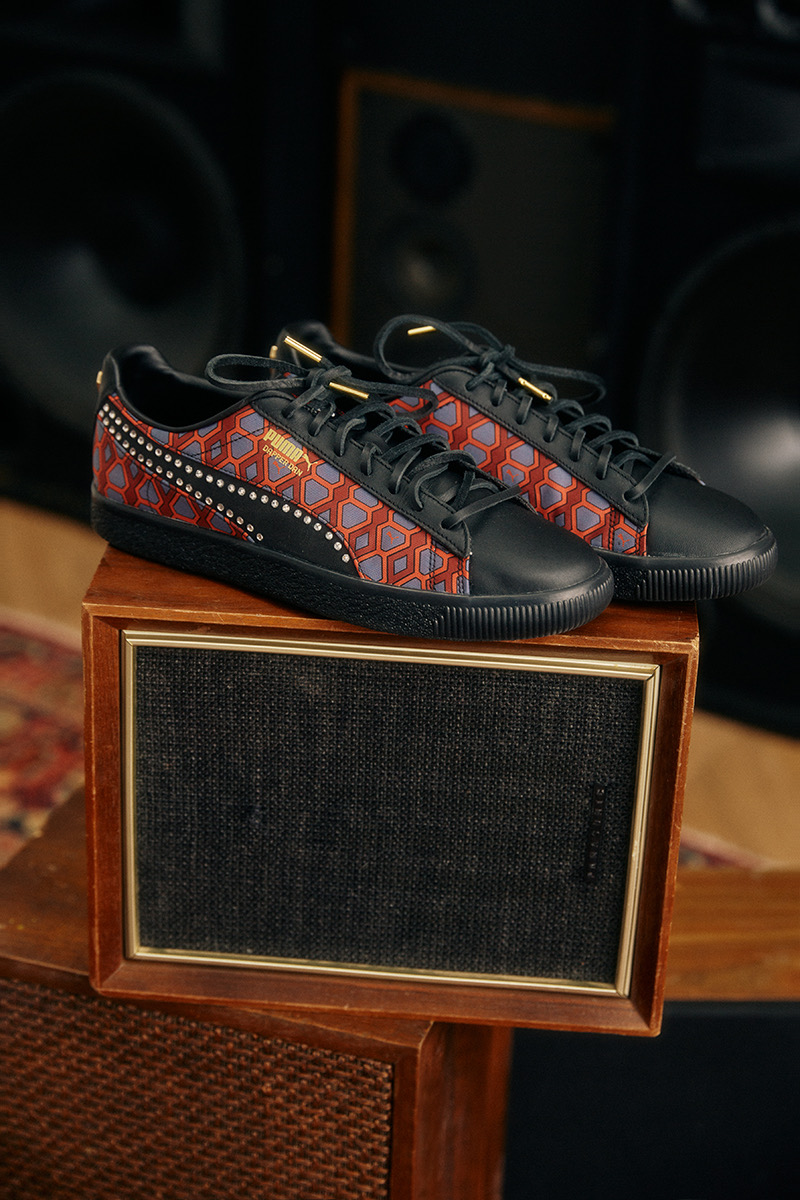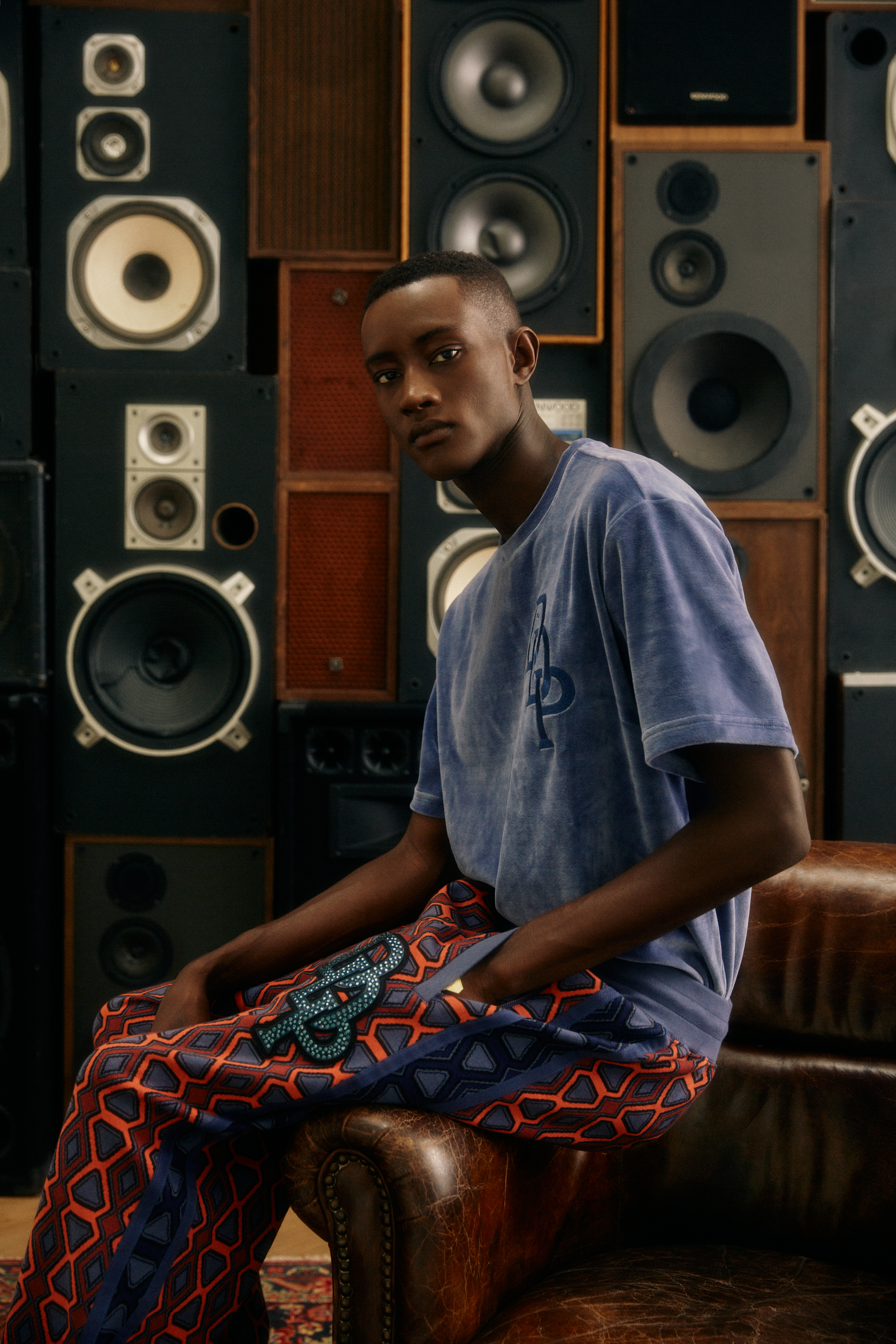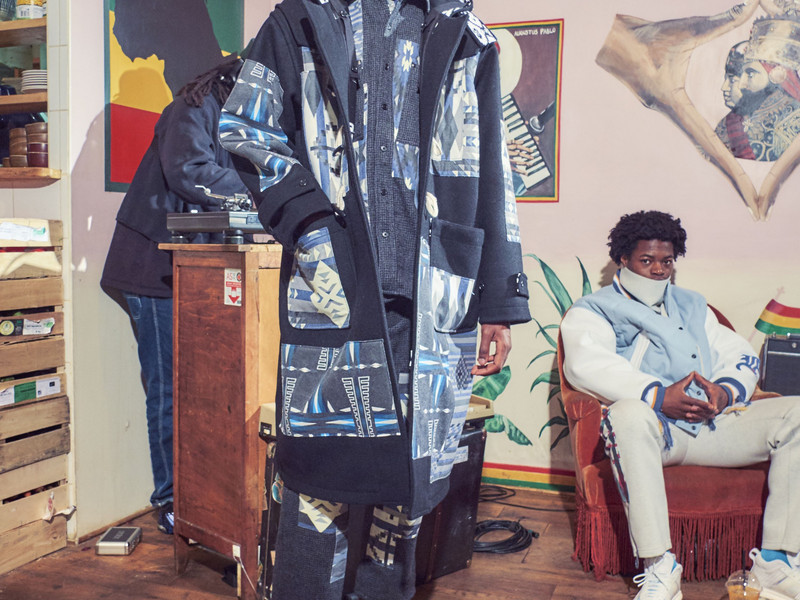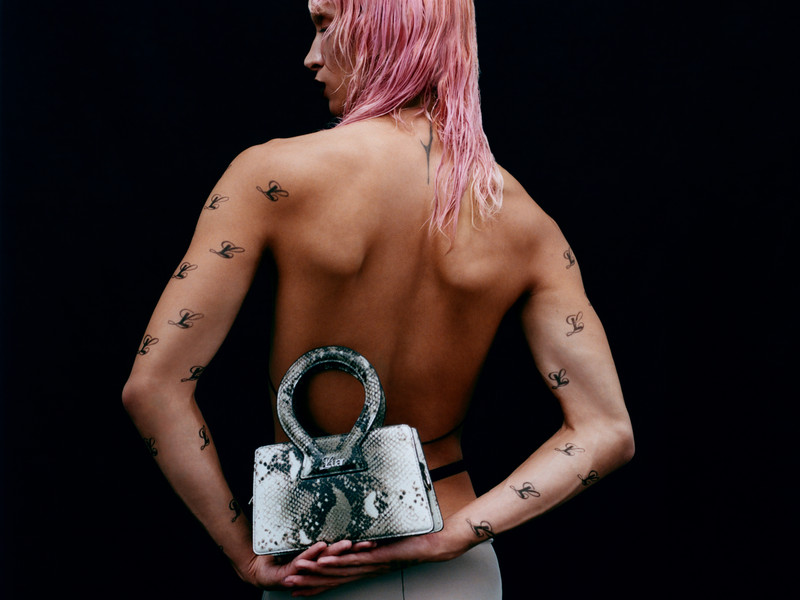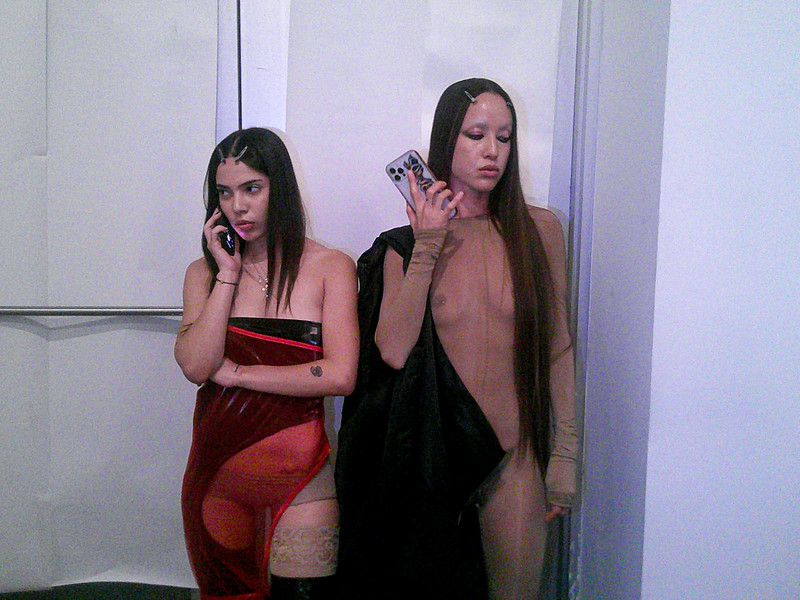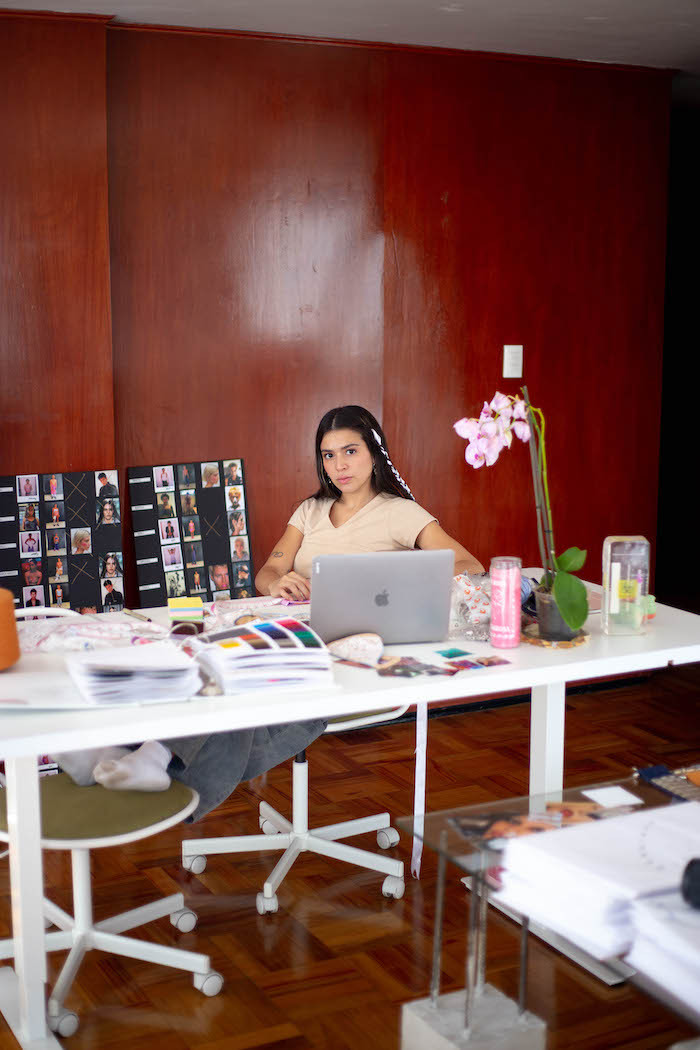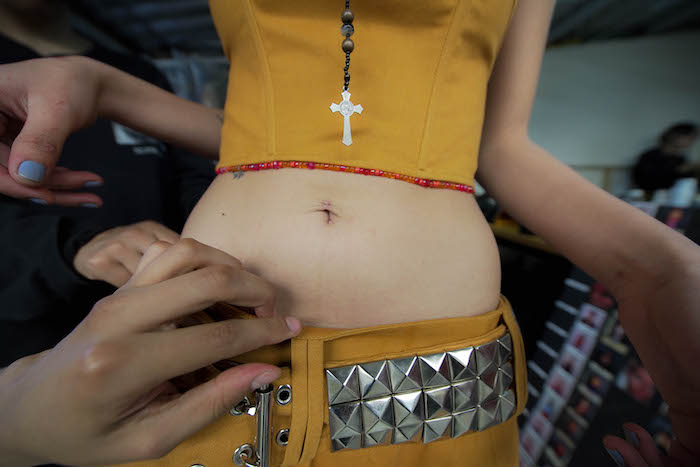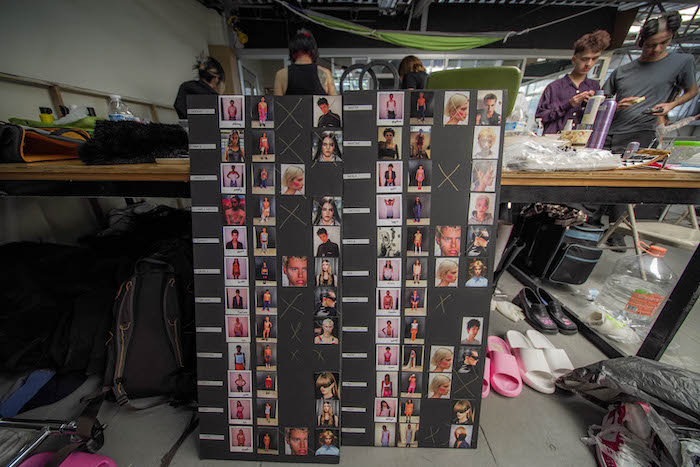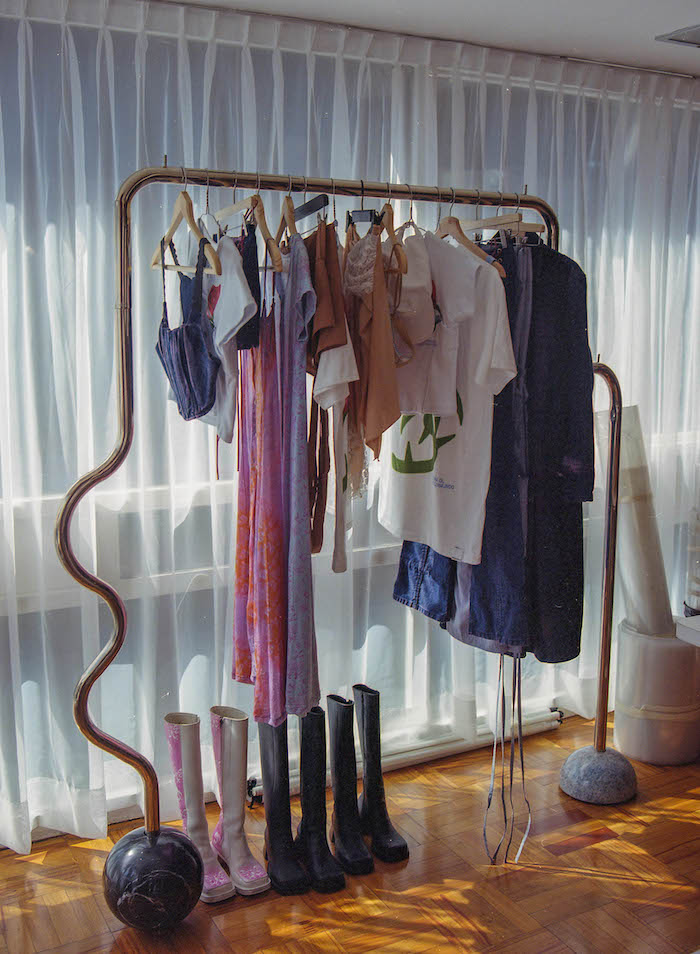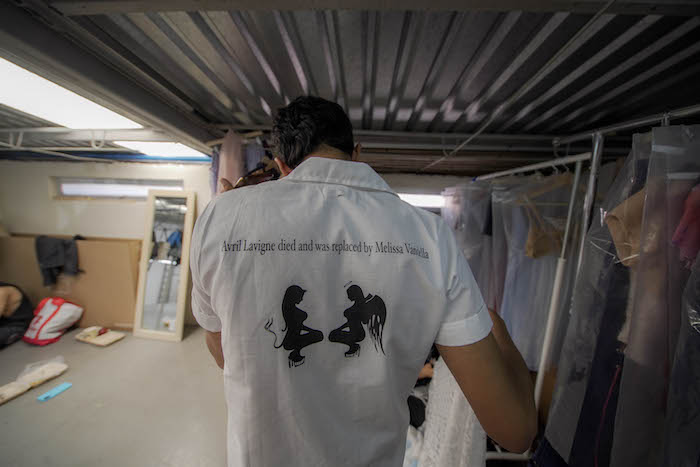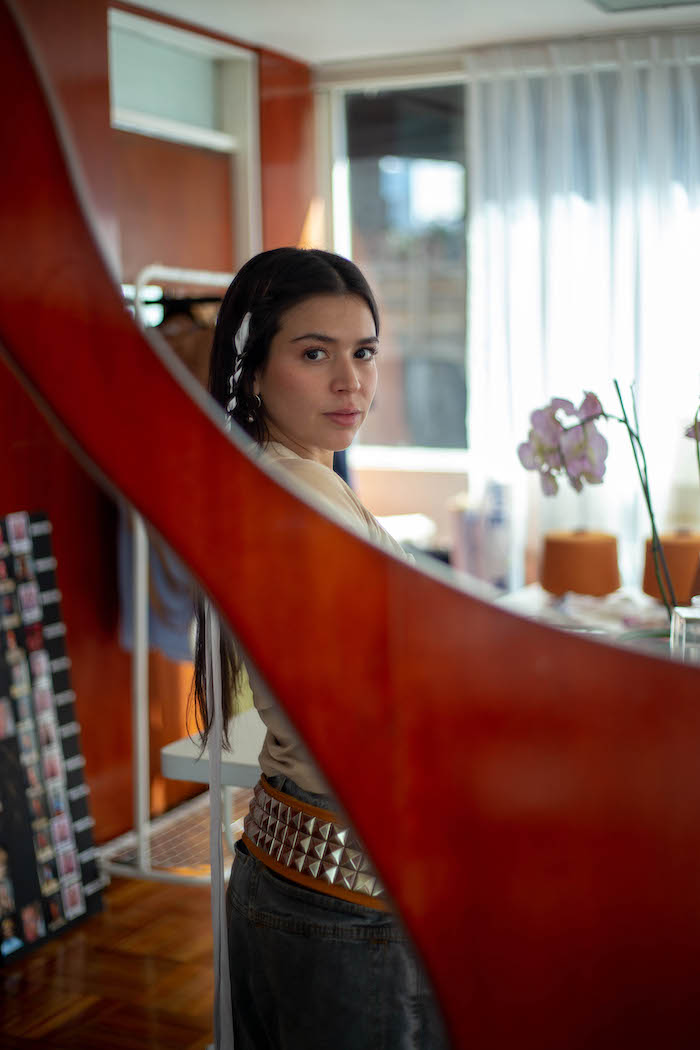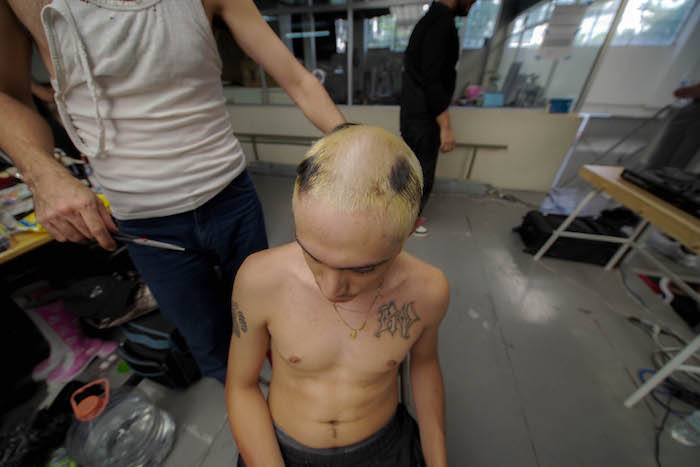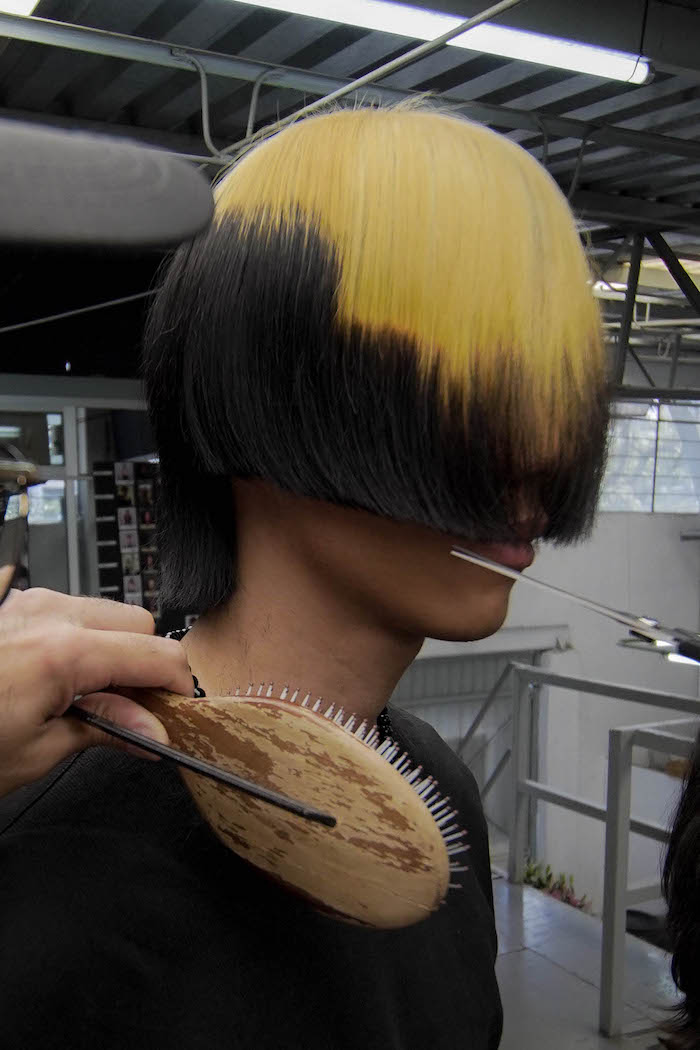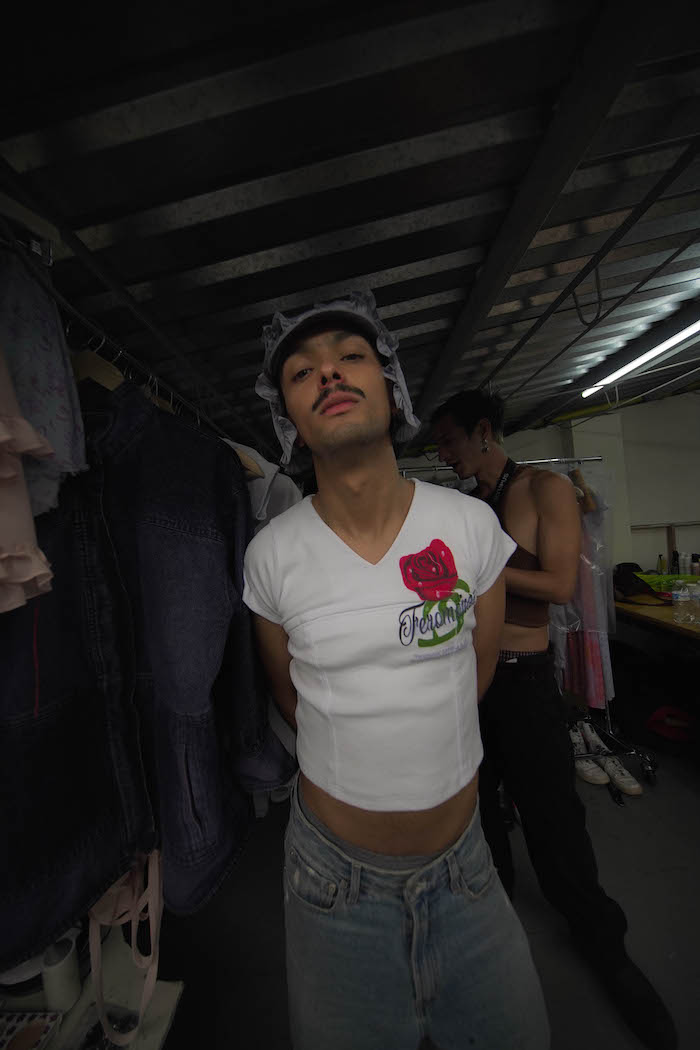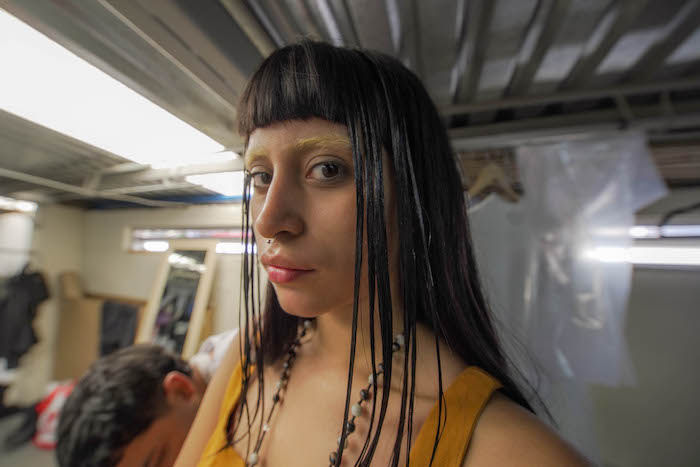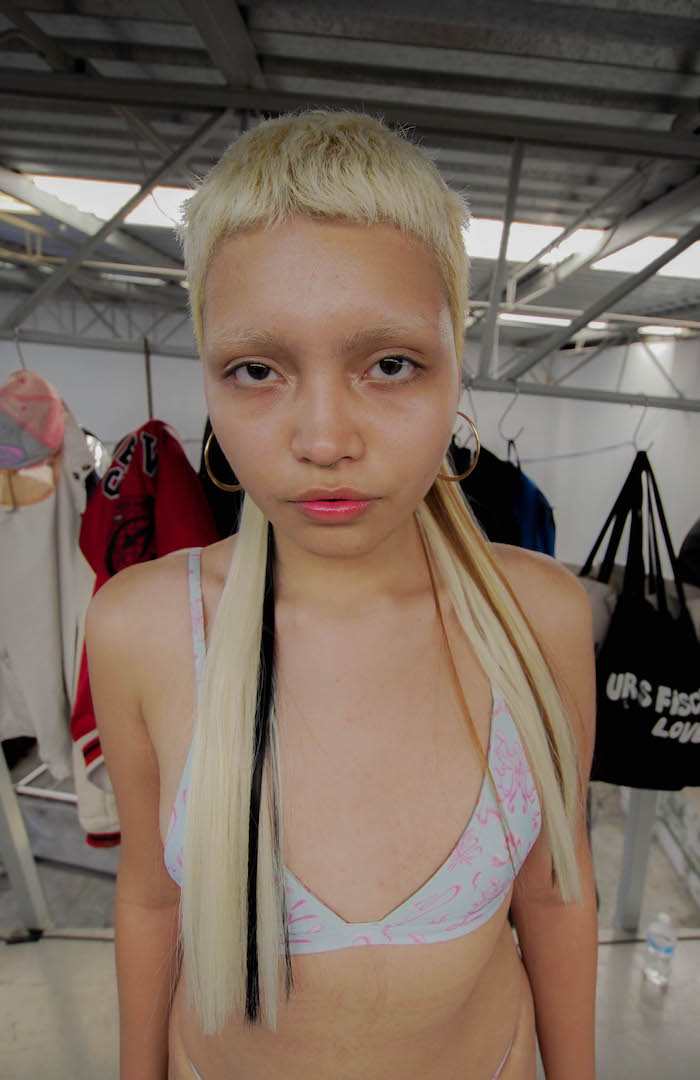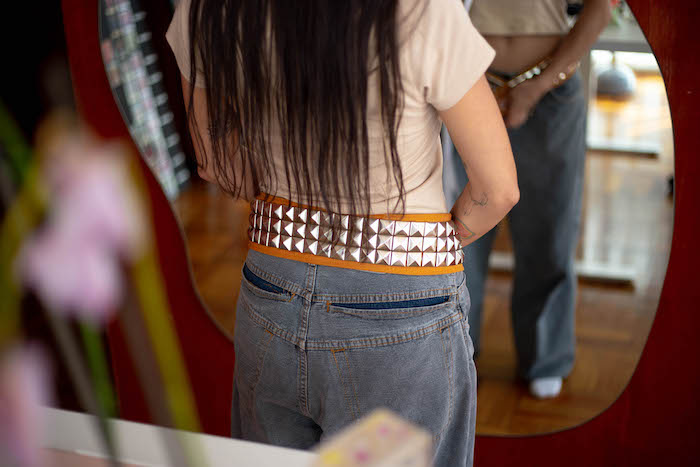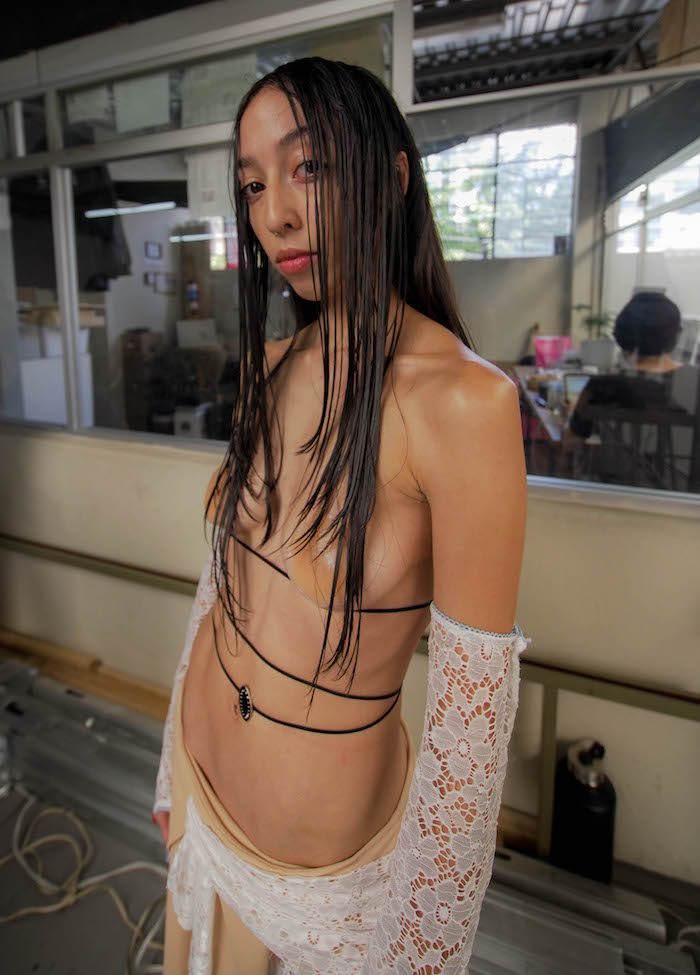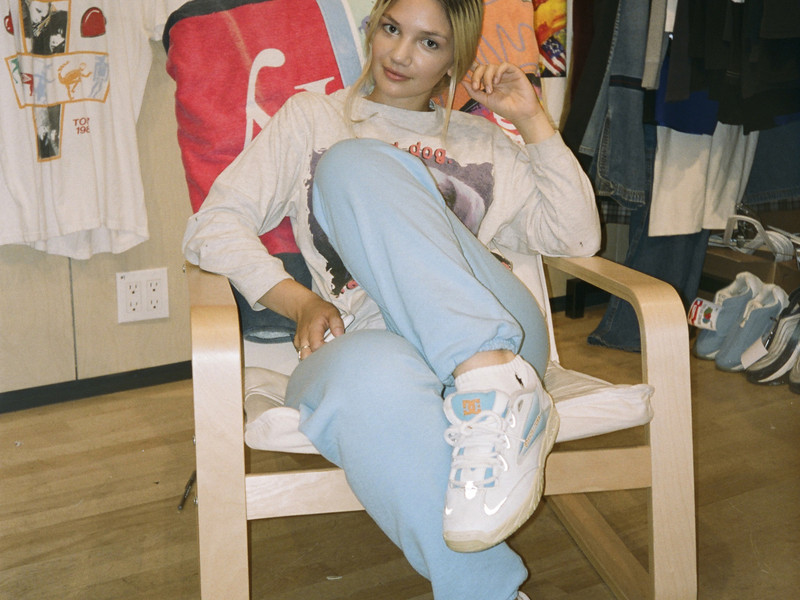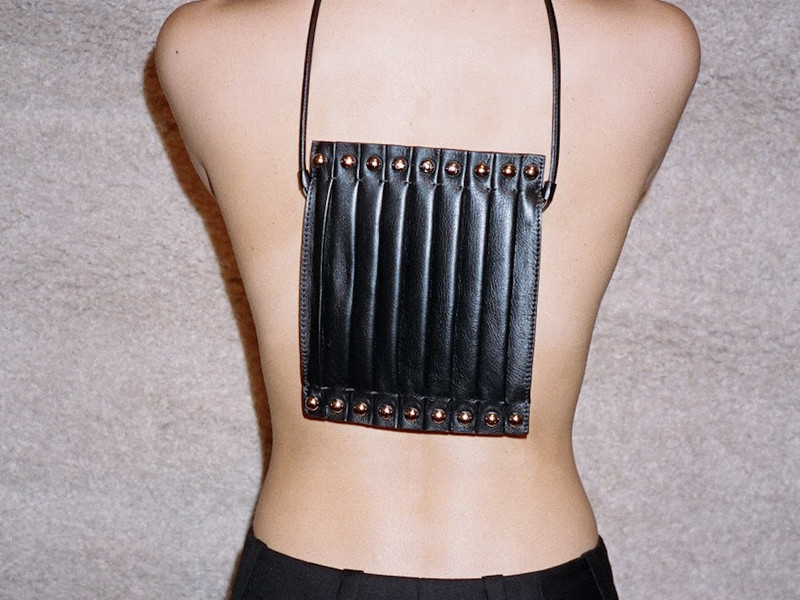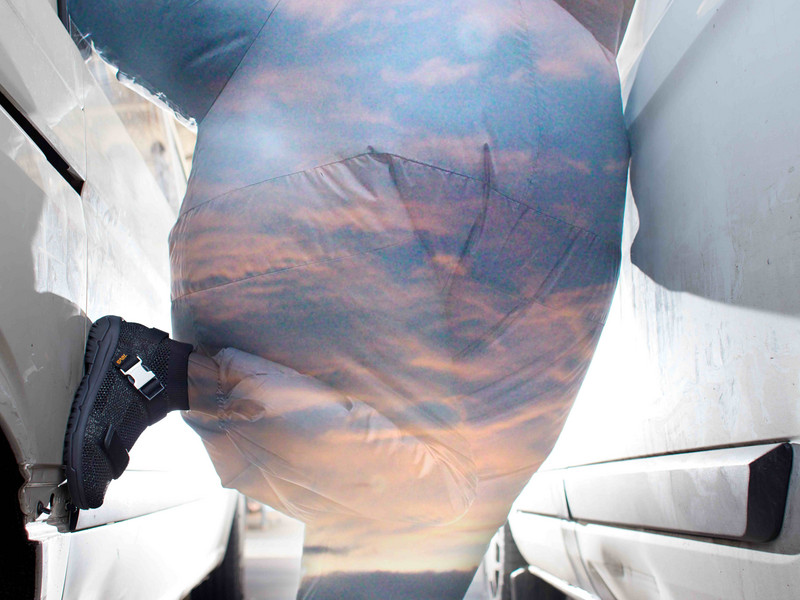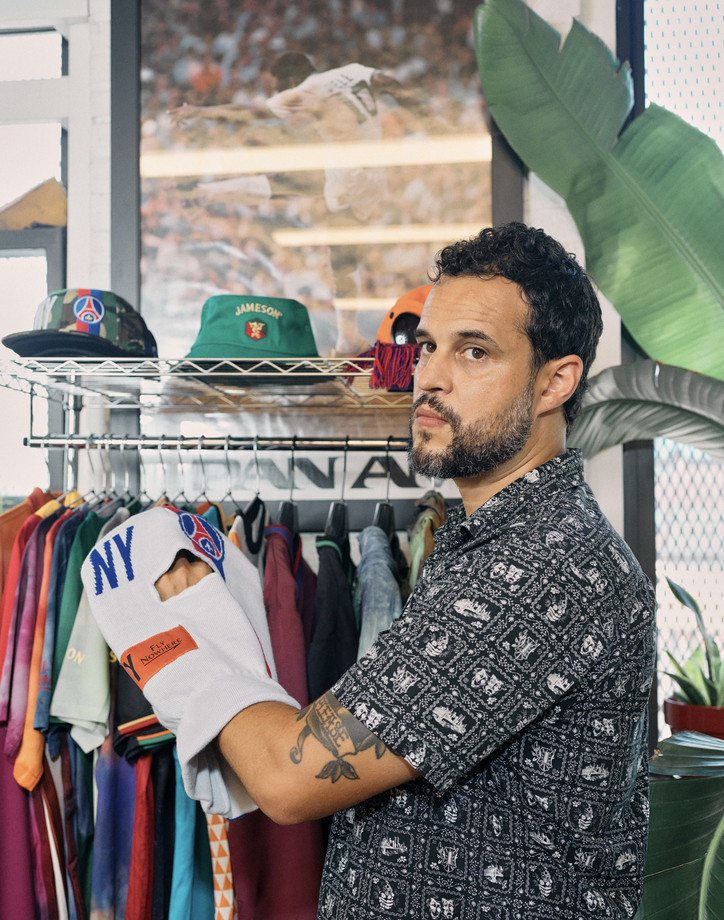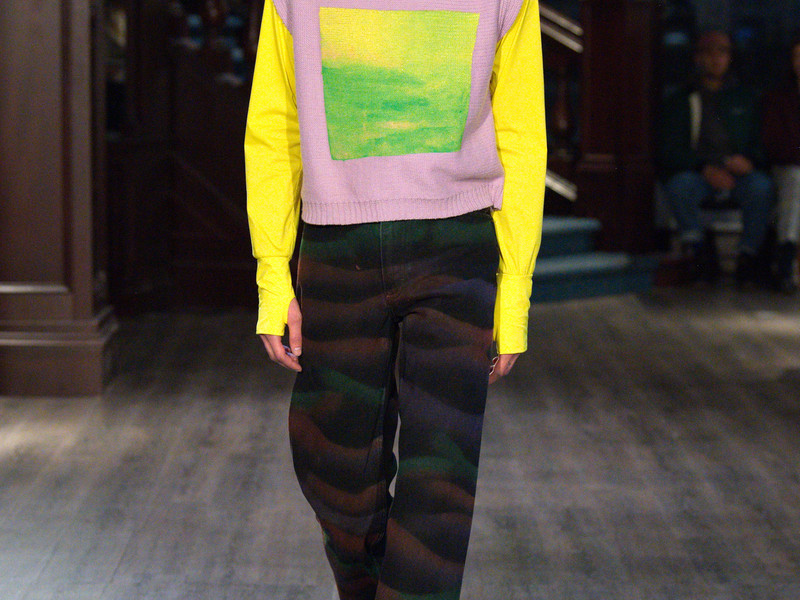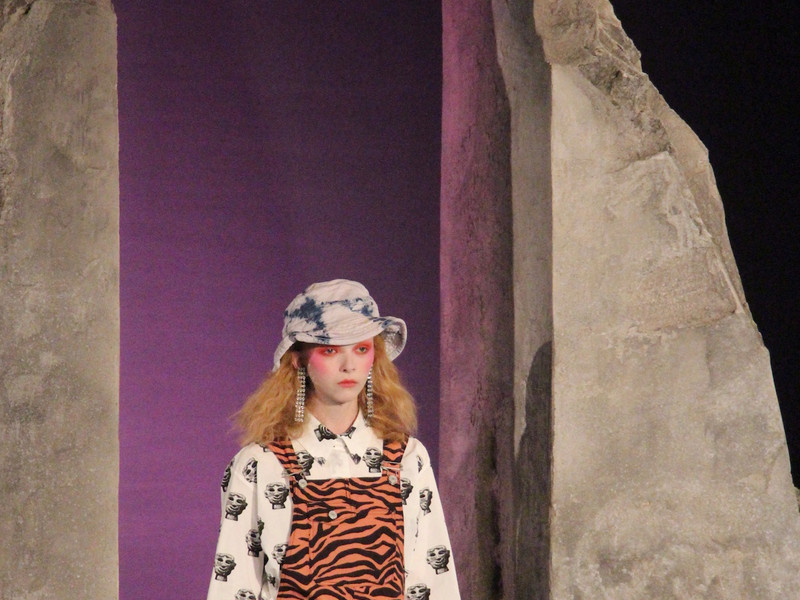What does it mean to you to be one of the voices shaping the industry in Mexico City and what is the example you'd like to put forth for others who come from your native home?
I am a very young brand and it’s been a challenge in so many ways to build something. I am afraid every five minutes that things aren’t going to work out. I would say to try to take it day by day and not to let your mind take you to the wrong scenario. We are constantly creating our own reality, so to stay strong, to get away from negative people or energies, and not feel let down when things go wrong. Also, I would push people to collaborate more — you would be surprised how much you can learn from others’ practices when working on collaborative projects. You can mix everything — performance, architecture, sound, sculpture, and light. I think it is very important as a designer and artist to learn how to work with people and feed your work with others’ ideas. Also, the more you grow, the more hands you need and it is essential to understand that it's not only you who creates the work, but the people you work with are also an extension of yourself and we should take care of them.
Camila Arroyo, who choreographed the performance, helped to create a narrative that went beyond the clothes. She wrote about the process, “I wanted you to feel like a witness to many stories and relations, and many of the models were real-life friends, so you could really feel like there were different relationships at play. I wanted an other-worldly quality, but at the same time, included gestures with glimpses of pop culture snippets, from the Tiktok choreography of Rosalia's song Despechá, which we performed in hyper-slow motion, to groups of friends taking selfies, and a facial expression that was inspired by the 'la mala de la novela' archetype — the mean girl in a telenovela." The whole thing felt like the show Skins, meets demonic fairies, meets Mexico City. Before our rehearsals and before the show I guided a movement improvisation to really allow us all to connect to each other because we needed that availability and connection to each other to transform the space and bring the clothes to life, and ultimately to create a new world together.
As a Hispanic creator, what does true representation look like to you?
This is a tricky question because for some people it has become more about what the international eye wants from Hispanic creators than what they really are. I think being Hispanic doesn't necessarily have to define your work in a specific folkloric way — for some people, it's more about how they feel, see, fear, or what they desire. I think it can be derogatory when Mexican artists use popular art as inspiration because sometimes it’s not theirs and they are not speaking their truth. They are just thinking of what will sell to tourists. So I think true representation is to look at yourself more and create from there.
Check out exclusive backstage photos from Sabrina’s most recent show, as well as a sneak peek into her Mexico City studio, below.
